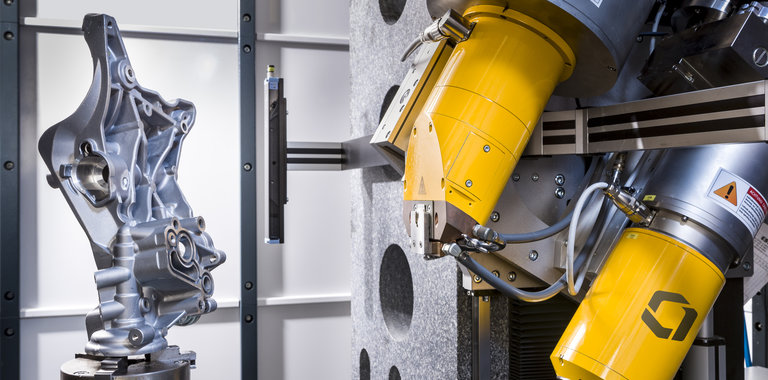
Neutron Radiography: Applications and Limitations in NDT
Neutrons, which are atomic particles without an electric charge will penetrate most materials, are attenuated in passage, and so can be used to produce “radiographs”.
There are various kinds of neutron energies, but only the thermal and cold neutrons are suitable for NDT applications. Contrary to ionising radiation in the keV and MeV range, neutron absorption is higher in light than in heavy materials.
Neutrons will be influenced strongly by hydrogenous materials, plastics (all types), explosives, oil, water etc., even when these materials are inside metal containments made of lead, steel or aluminium.
There are many potential applications for neutrography, but its use is limited to a large extent by the lack of suitable, portable neutron sources. A neutron “window” in an atomic reactor is by far the best source, but such facilities are not commonly available. The only neutron-emitting radioactive source is californium252, which is extremely costly and has a half-life of only 2.65 years.
An X-ray film also reacts to neutron energy, but not until it is combined with gadolinium or cadmium intensifying screens usable results are obtained. The Agfa D3SC (SC = single coa-ted) film is frequently used for this purpose. The secondary radiation generated in the intensifying screens brings about the image formation.
Another filmless application of neutron radiography in NDT is moisture-detection in insulation. This portable equipment that is on the market uses a very weak neutron source. With the aid of this neutron backscatter method, the presence of water, actually that of hydrogen atoms, is established. The presence of moisture is generally an indication of external corrosion in a pipe, or the likelihood that corrosion will occur in the near future. The portable real-time equipment as described in the last section, or flash radiography described in a later section, can in some cases confirm the presence or absence of corrosion without removing the insulation.

